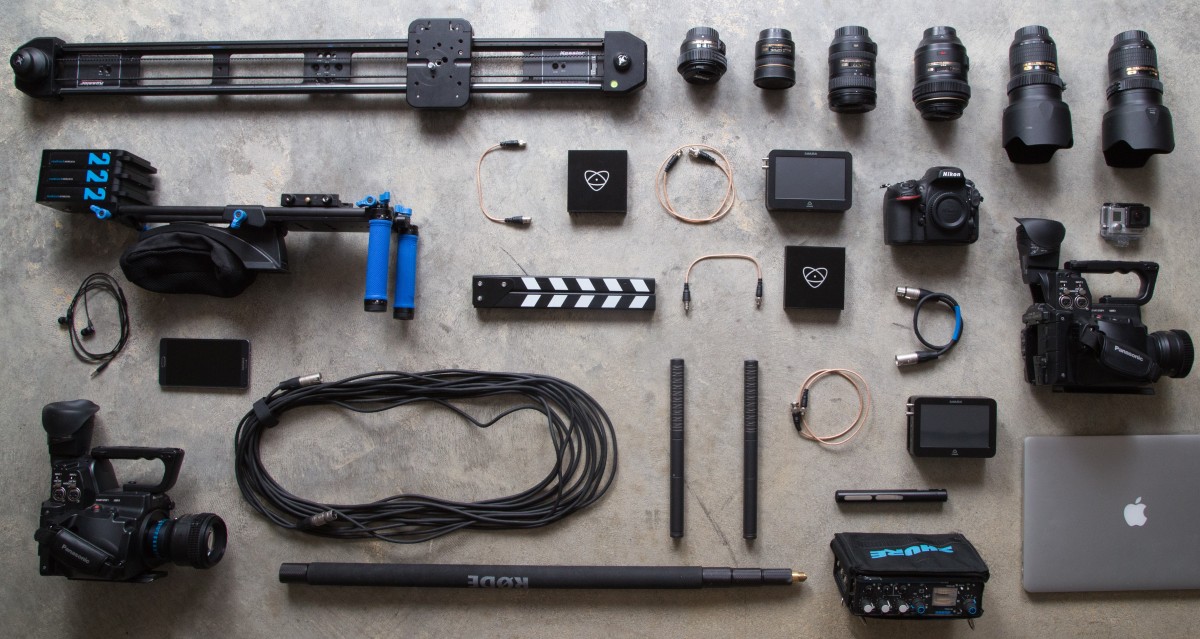A topic of discussion that I have noticed appearing frequently on social media lately is that of cultural appropriation. Cultural appropriation is concerned with the ethics of appropriating different aspects of different cultures in art, pop culture, and media, particularly in a way that is exploitative.
First, let’s get some clarity, since I didn’t know much about the subject myself and had to do my research; The debate surrounding culture-appropriation typically involves the terms ‘appropriation’ that is, “to take or use (something) especially in a way that is illegal, unfair, etc.” and compares it with ‘appreciation’ (“to understand the worth or importance of (something or someone”).
There are two sides to this debate. One side believes that cultural appropriation can be disrespectful, offensive, and insensitive, while the other believes cultural appropriation is a mythical construct imagined by ‘feminazis’ and PC (politically correct) fanatics wanting something to complain about. There are plenty of shades between these polarised views, but on the internet, the extremes dominate.
On one level, I see the validity of arguments damning cultural appropriation: it’s never ok to make anyone feel bad about themselves, and it’s definitely not okay to exploit the cultures of others in demeaning and disrespectful ways. For example, I understand that an Indian feather head-dress will look rad with your next music fest outfit, but in Native American culture that head-dress was once only allowed to be one by warriors and chiefs who earned each feather by accomplishing one courageous deed at a time. Herein lies the difference between appropriation and appreciation; I cannot speak for all head-dress-wearing music-festival party legends, but I would venture a guess that most would not appreciate this, and therefore i question whether the choice of garment is really respectful.
Being blind to the positions of minorities and less fortunate cultures and religions and furthermore being disrespectful to these cultures, direct or indirect, is also not okay. On another level, I believe that harmonious coexistence between races and cultures will flourish through appreciation and sharing of different cultural ideas, designs, artefacts etc.
Ultimately, however, I struggle to show my support for any of these ideas simply because I do not want to get involved in unnecessarily hyped up, hostile and often greatly misinformed internet fights.
Many people refuse to believe cultural appropriation exists simply because they do not want to be associated with SJWs (social justice warriors) or feminazis. They also discredit and remain indifferent to these ideas because the way that they are presented is often in an hysterical, OTT mindset that is, ironically, socially unnacceptable.
The whole debate, thus, has turned from a well-informed discussion about respecting each other as human beings into a petty argument often confused by individual egos and opinions. The environment that the internet offers for discussing ideas like this can easily become hostile and unpleasant when frustrated people feel they aren’t being heard. It’s like two people covering their ears and screaming across a room at eachother. If we’re to have any chance of taking full advantage of the amazing potential of the internet for communication and connection, we need to find ways to ensure that everyone feels respected, that everyone feels heard, and that the outcome is not to prove a point, but to learn.

